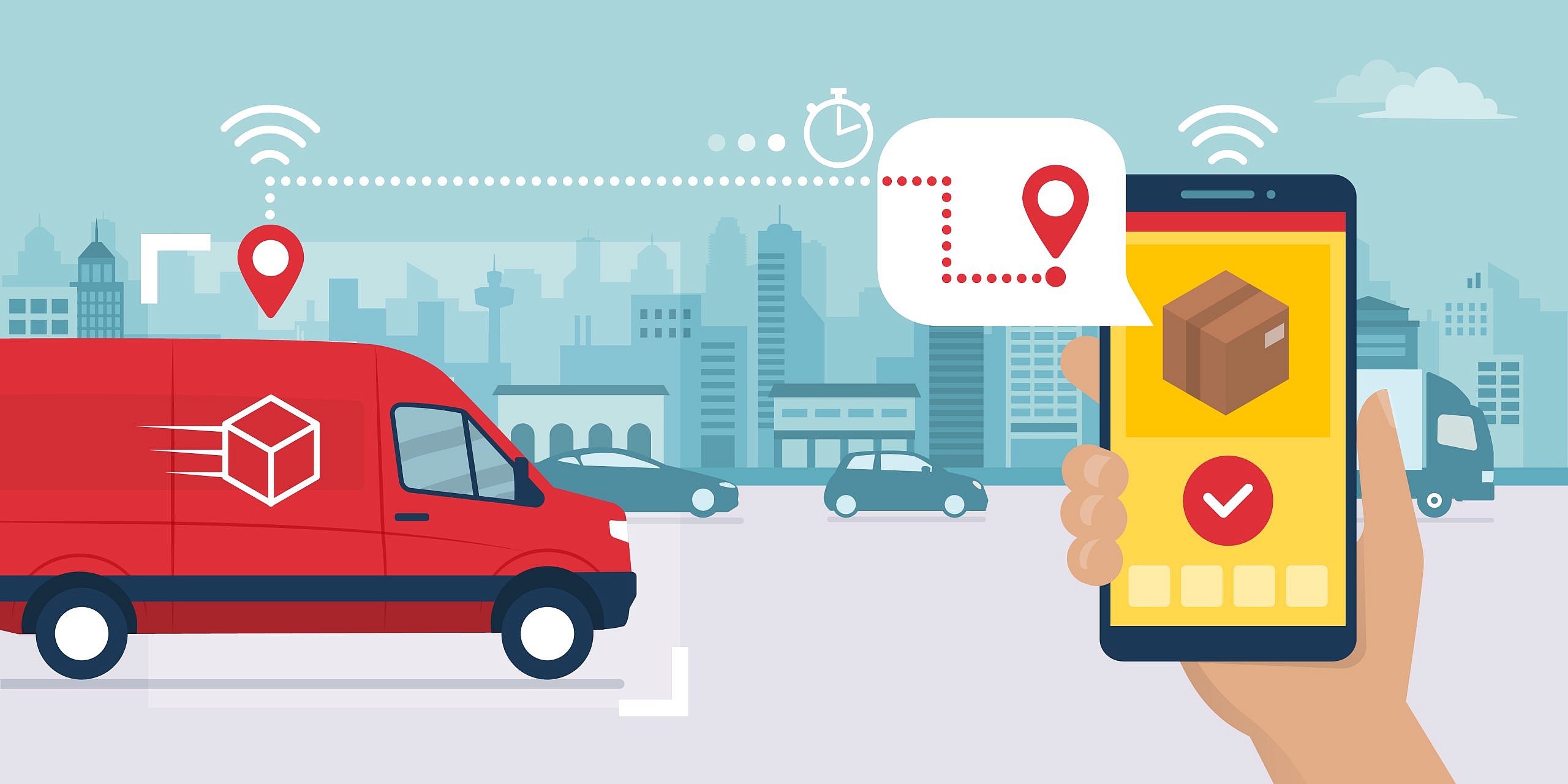Featured in Furniture Today.
Shipping and logistic efficiency efforts have historically focused on getting products from warehouses to shipping distribution centers as quickly as possible, at the most affordable price. After that, the retailer relinquishes control to the shipping company. Last-mile delivery issues become the shipping company’s problem, not the retailer’s. Right?
Unfortunately, it’s still the retailer’s problem.
Customers expect retailers to offer fast (and, more often than not, free) shipping, and don’t necessarily separate their delivery experience from their purchase and product experiences. In other words, retailers can still get criticized for a poor shipping experience, even when the issue isn’t their fault. With online reviews crucial to building consumer trust these days, that’s not a risk that many retailers can take.
Last-Mile Delivery in the Furniture Industry
More often than not, retailers selling large items like furniture, appliances, and mattresses set up last-mile deliveries in-house. Whether customers visit a showroom or make a purchase online, they typically schedule delivery for a specific day. However, there’s still room for customer dissatisfaction: with limited delivery vans, the routes take all day, and customers are often given broad delivery windows. Because customers need to be home, so furniture can be brought inside, long and inaccurate wait times can feel like a waste of time.
To top it all off, last-mile shipping costs represent, on average, 53% of total shipping costs. In other words, there’s plenty of room for improvement, no matter how you look at last-mile deliveries.
Fortunately, it is possible to meet customer’s expectations while reducing shipping costs and preserving large-item quality with last-mile deliveries. Discover how to make it happen.
1. Use the Crowdsource Model
The key to fast and affordable last-mile deliveries is to ditch the one van, one day model. Instead, choose the same delivery system that has revolutionized the fast food and grocery industry: crowdsourcing. A last-mile delivery service like Dolly leverages local helpers and their vehicles.
The crowdsource model reduces long delivery wait times by putting multiple vans or trucks on the road at any given time. Drivers make just one or two stops before heading back to the furniture warehouse for another assignment. Once furniture retailers scale up their crowdsourced last-mile delivery system, it should be possible to offer same-day delivery without batting an eye.
A Fidelitone study found that 80% of furniture retailers are reluctant to use last-mile delivery systems because the process doesn’t allow them to control that final interaction with the customer. What if the furniture is damaged? What if the delivery driver is rude? These are all legitimate concerns. It’s important to remember that crowdsourcing doesn’t necessarily mean “no training.” Furniture retailers can still create expectations around customer care when using a crowdsource model. Most drivers want to do a good job to earn a brand’s trust and get repeat assignments, so there’s plenty of motivation on both sides to provide an excellent customer experience.
2. Allow Consumers to Schedule Delivery Windows
Customers don’t want to sit around the house all day waiting for a furniture or appliance delivery truck to show up. If you have an in-house delivery service, improve communication about delivery windows. Your dispatcher creates a schedule of deliveries, so it’s not a mystery about who’s first on the list and who’s last. Share this information with the customer.
Better yet, allow consumers to schedule when they want their deliveries to arrive. This works best with a crowdsource model, so that one driver can take the item directly to the customer. With zero stops along the way, it’s easy to determine when the driver should leave in order to reach the customer at the appropriate time.
Want to go a step further? Use a tracking app. Brands like AAA and UberEats use tracking apps to show consumers exactly where the delivery vehicle is located in real-time. Dolly does the same. Customers will appreciate knowing exactly how much time they have before they need to meet the driver at the door.
3. Use Pick-Up Hubs When Applicable
Finally, consider letting customers handle last-mile deliveries themselves. Curbside pick-up has become popular in many retail industries, and the same principle can be applied to large-item retailers. Give customers the option of ordering online or in-store, and scheduling a time to pick up the item. Once they arrive for curbside pickup, bring the item to them and help load it up. Provide item dimensions and vehicle recommendations (SUV versus pickup truck, truck bed vs. trailer, etc.) for best results.
Think “Outside the Box”
An efficient shipping and logistics plan helps cut costs and improve delivery times. Be prepared to lead the furniture industry with successful solutions borrowed from other markets.
Dolly helps you move on your schedule and at an affordable price. Book now and see the difference: https://dolly.com.


